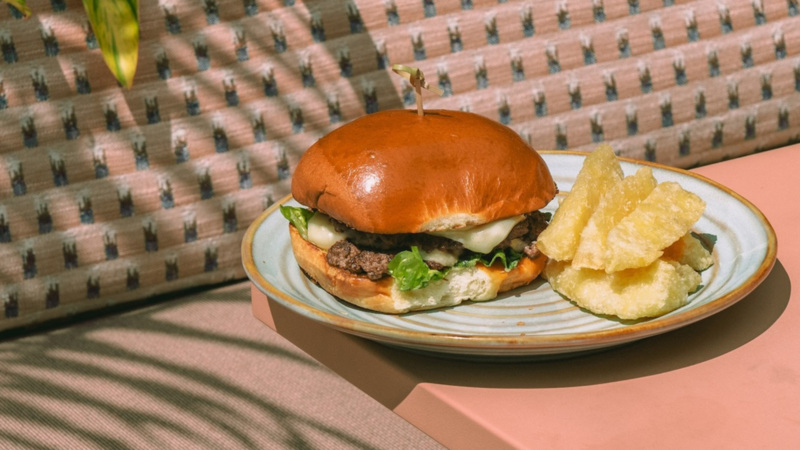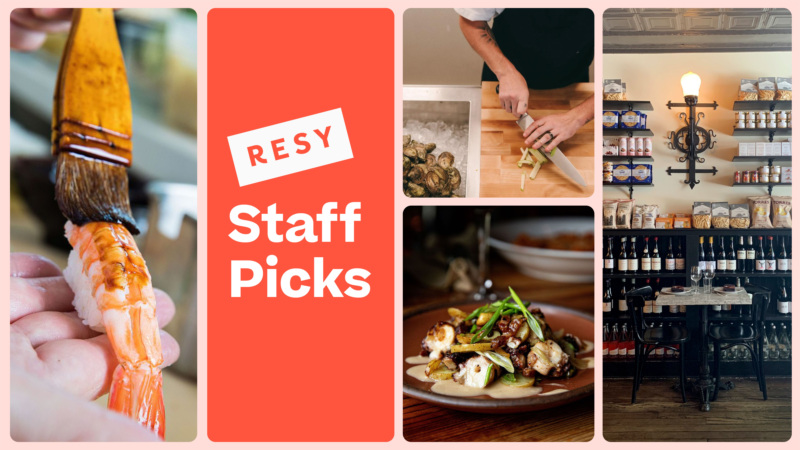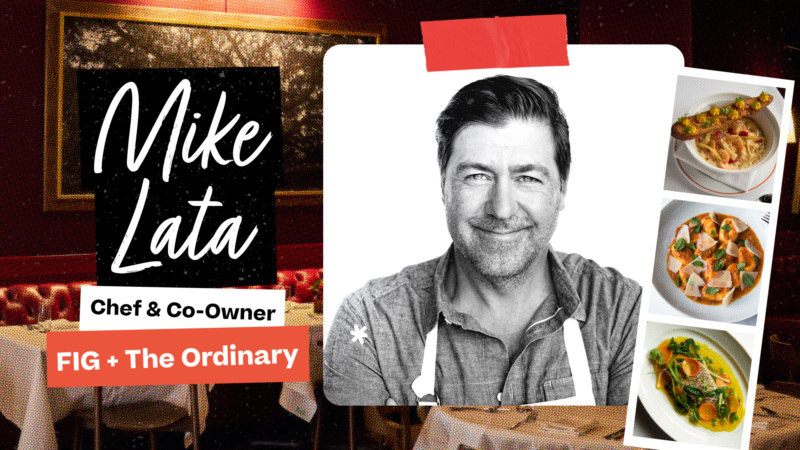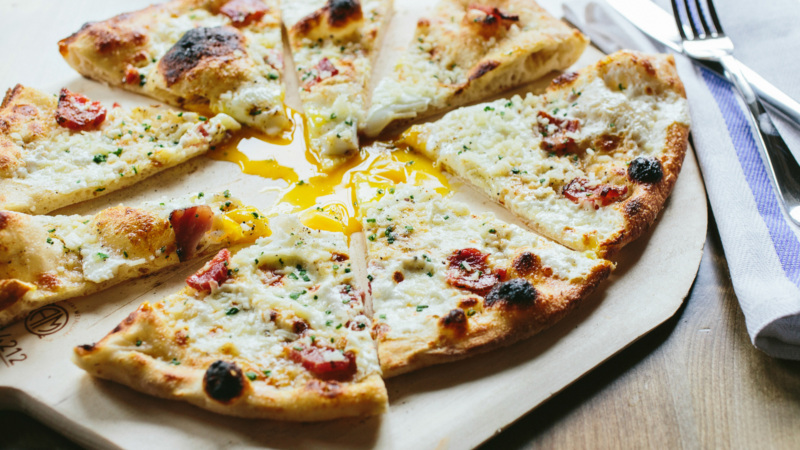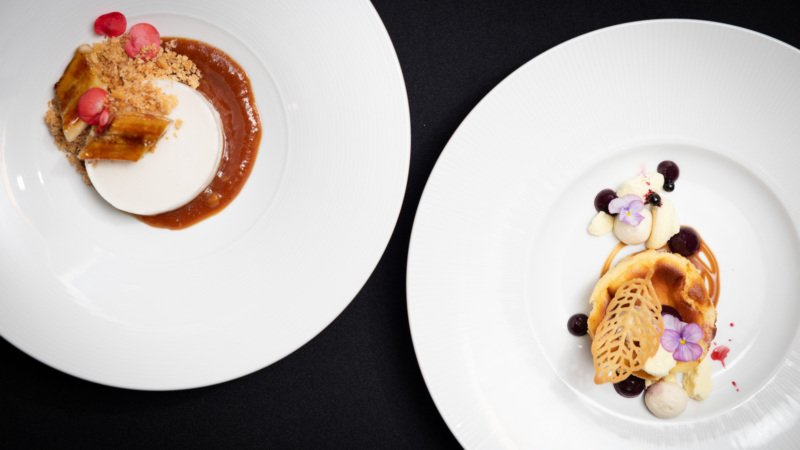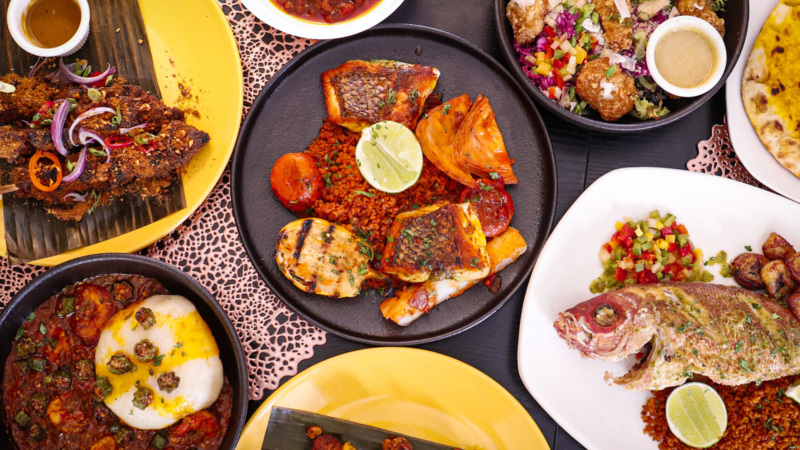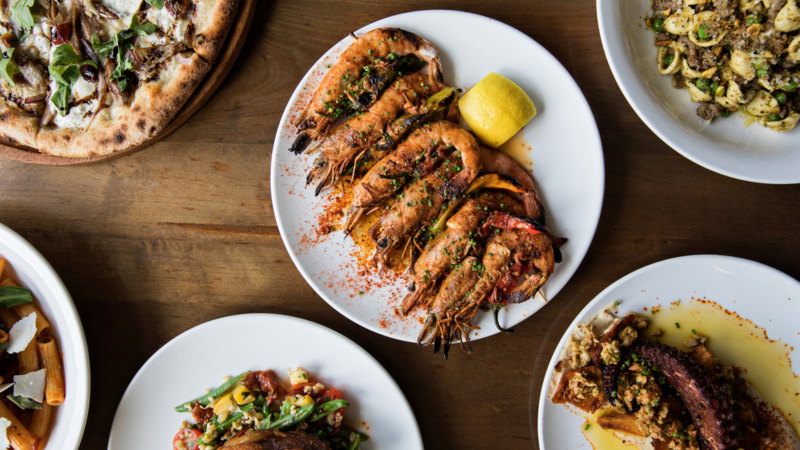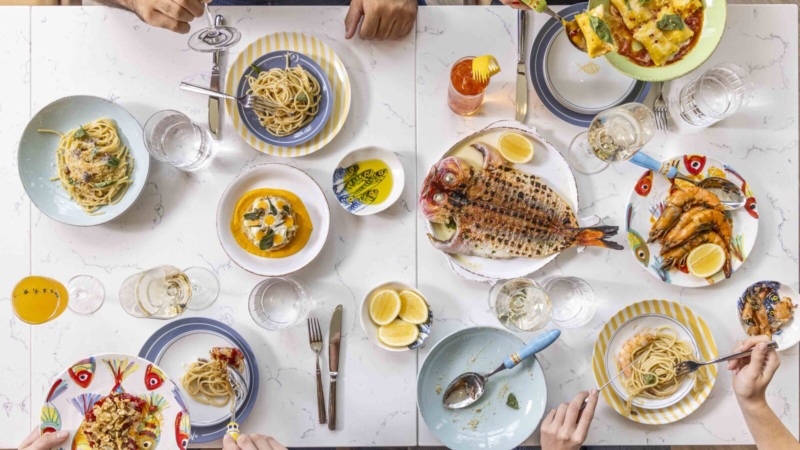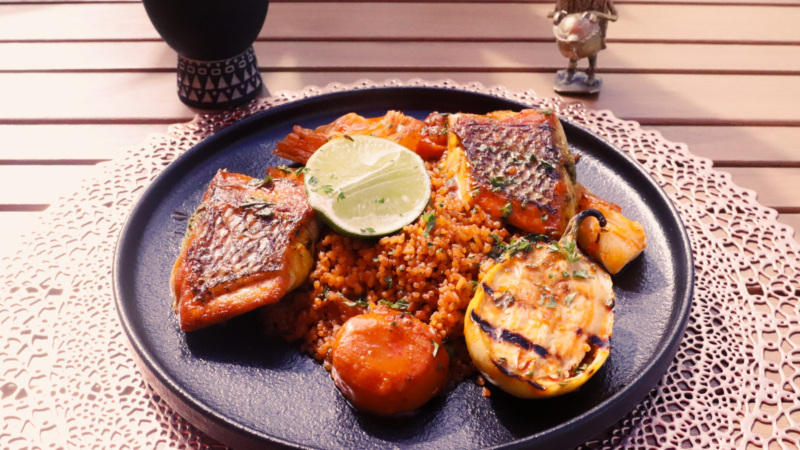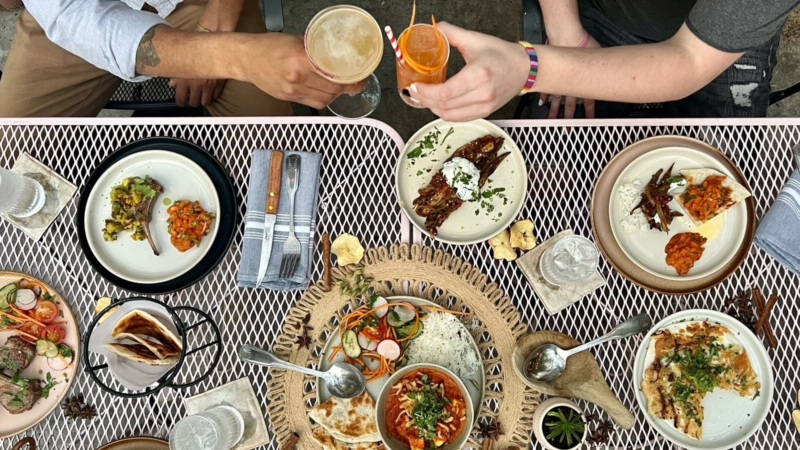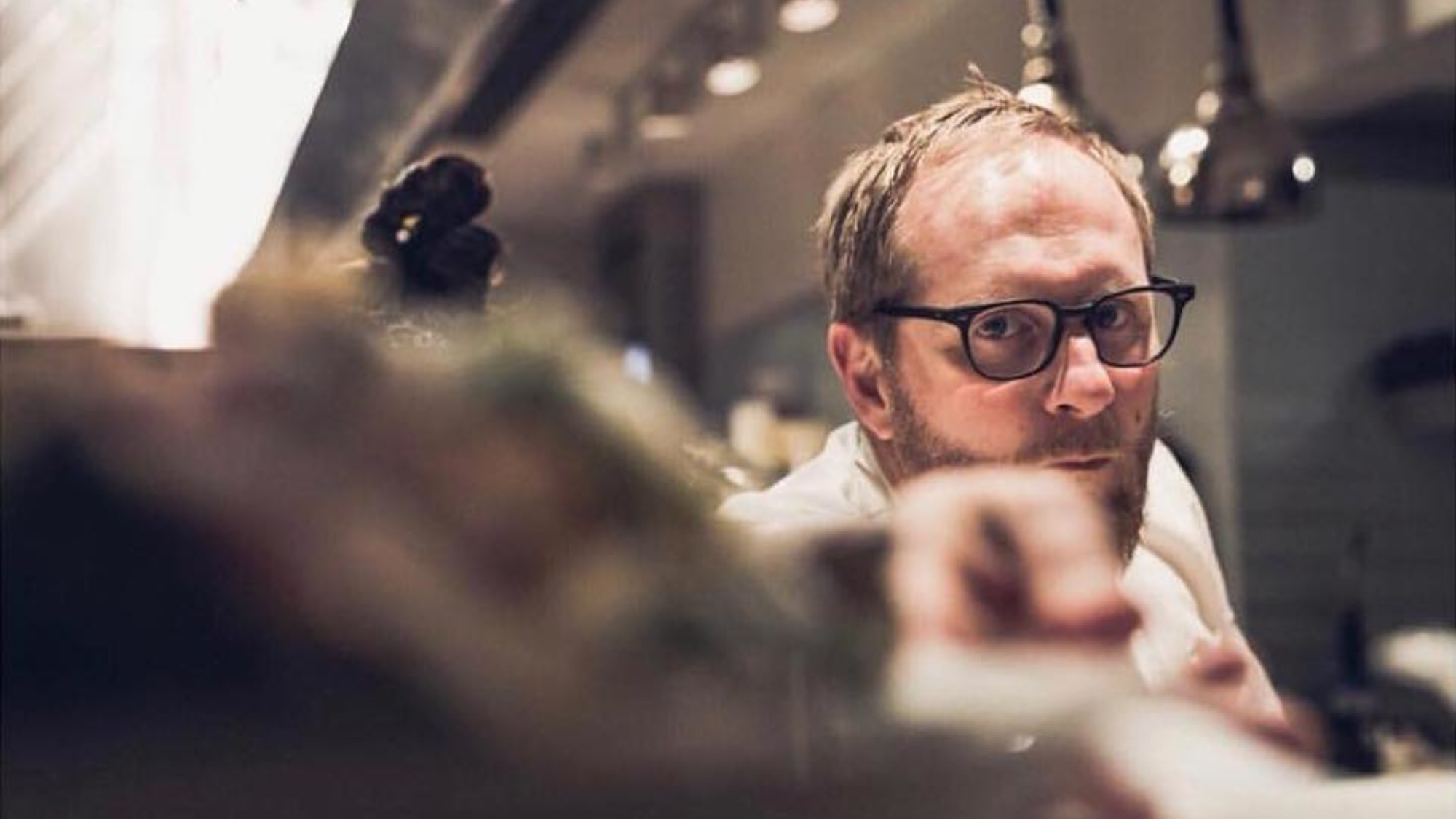
For The Obstinate Daughter’s Jacques Larson, Comfort Is the Thing
New alone does not always equal notable. Sometimes it’s just new. On the other hand, in Charleston, few would deny that chef Jacques Larson’s cooking is notable, though his Italian-inspired cooking with Lowcountry ingredients has been a part of the region’s palate for two decades.
From his early days in town at Mercato (we still remember) to taking the helm at Wild Olive 14 years ago to The Obstinate Daughter’s grand opening nine years ago, day in and day out, Larson has been bringing locavore love to our plates.
Through these transitions, he’s grown into a classic Charleston chef — which is to say, both a chef’s chef and a people’s chef, involved in local charity events, performing table touches if he’s in the restaurant, championing local purveyors, and always thinking about the next dinner, the next menu, the next big event.
His restaurants not only have stood the test of time, but have thrived, and his cooking is as bankable as the Lowcountry tide charts. So, over a glass of crisp white wine and a plate of oysters, we asked him to spill the beans about the long view of Charleston’s rise as a culinary magnet.
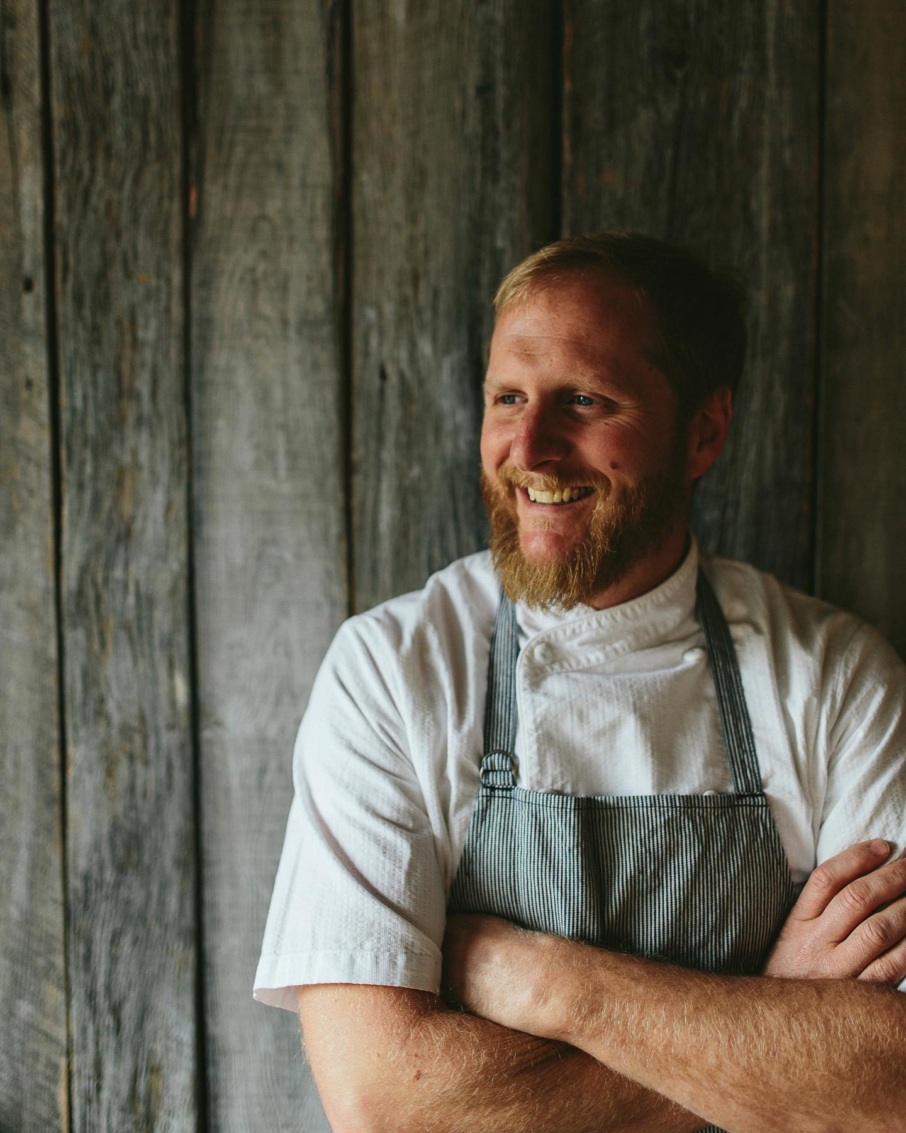
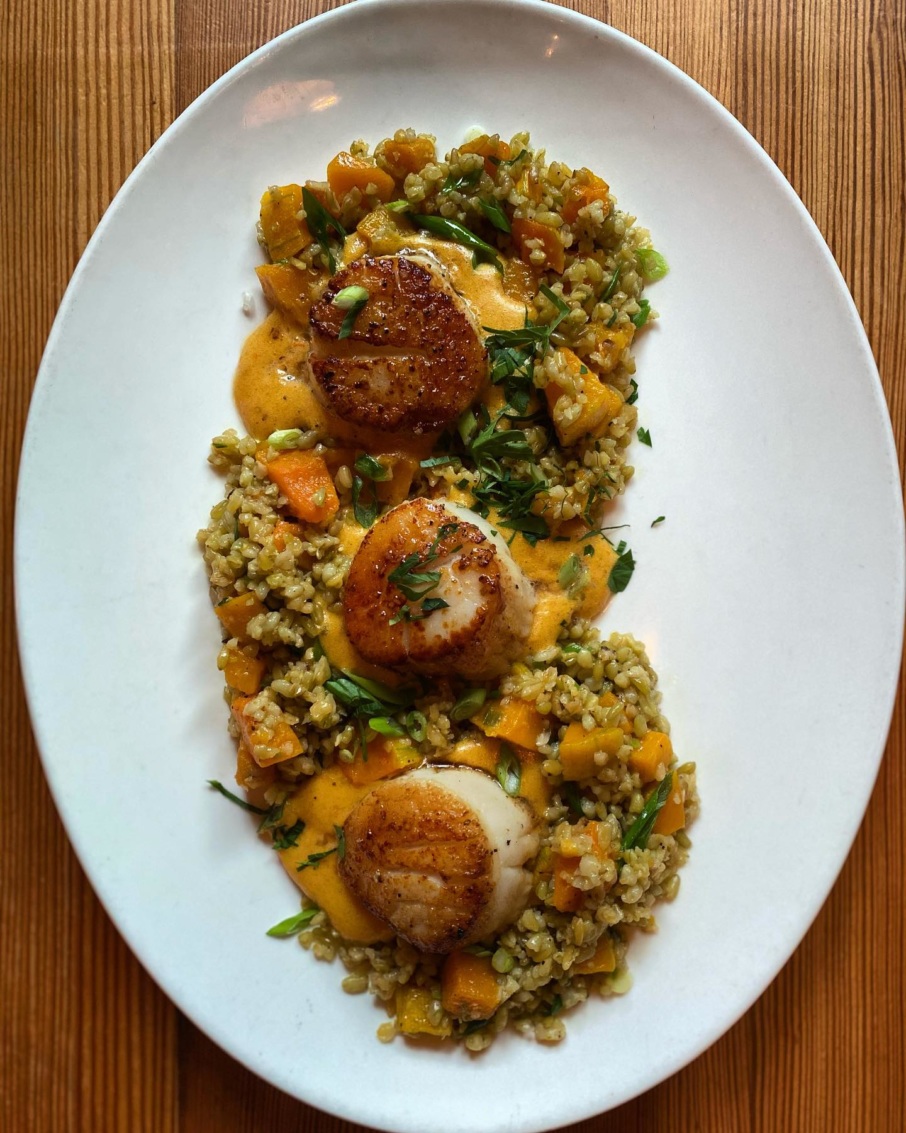
Resy: What inspires you about Charleston?
Jacques Larson: Even before moving down here [from Iowa], the long rich history of food in the Lowcountry and the complexities and influences were very attractive to me. However, nothing can prepare you for the hospitality focus here, and the town is rooted in that warmth. When I moved here, immediately the camaraderie of the food and beverage community stood out, how tightly knit it was. The chefs were competitive but also very encouraging, and I still feel that.
Throughout your career, you’ve really been focused on sourcing locally, but it’s not always easy to do. Why is this so important to you?
Of course, everything can’t be sourced locally, but my former partner [at Wild Olive], Fred Neuville, taught me that the key was “buying as much locally in mass quantities.” That makes a difference for the farmer, but also for the restaurant because it gives us room to be creative. And then making sure that our suppliers know we are appreciative of the product and the hard work. A wonderful dish starts with wonderful produce, and establishing relationships, earning local suppliers’ respect, and having a reverence for what they do is a great foundation for building a restaurant.

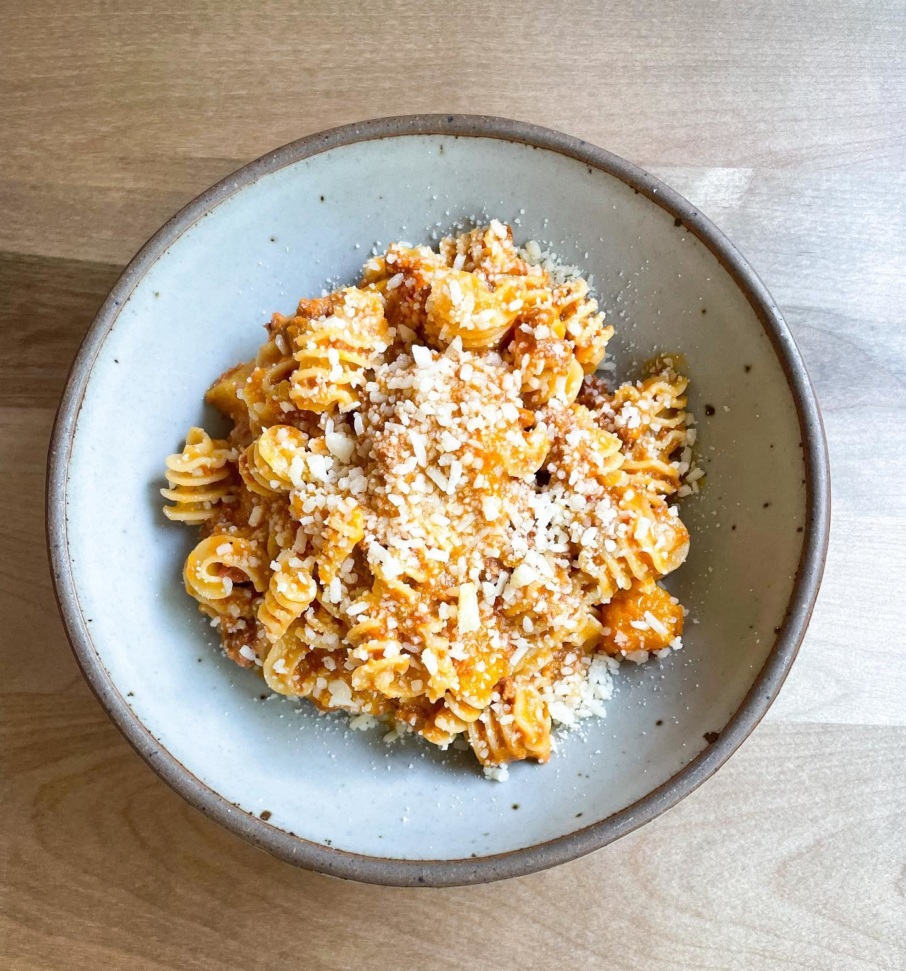
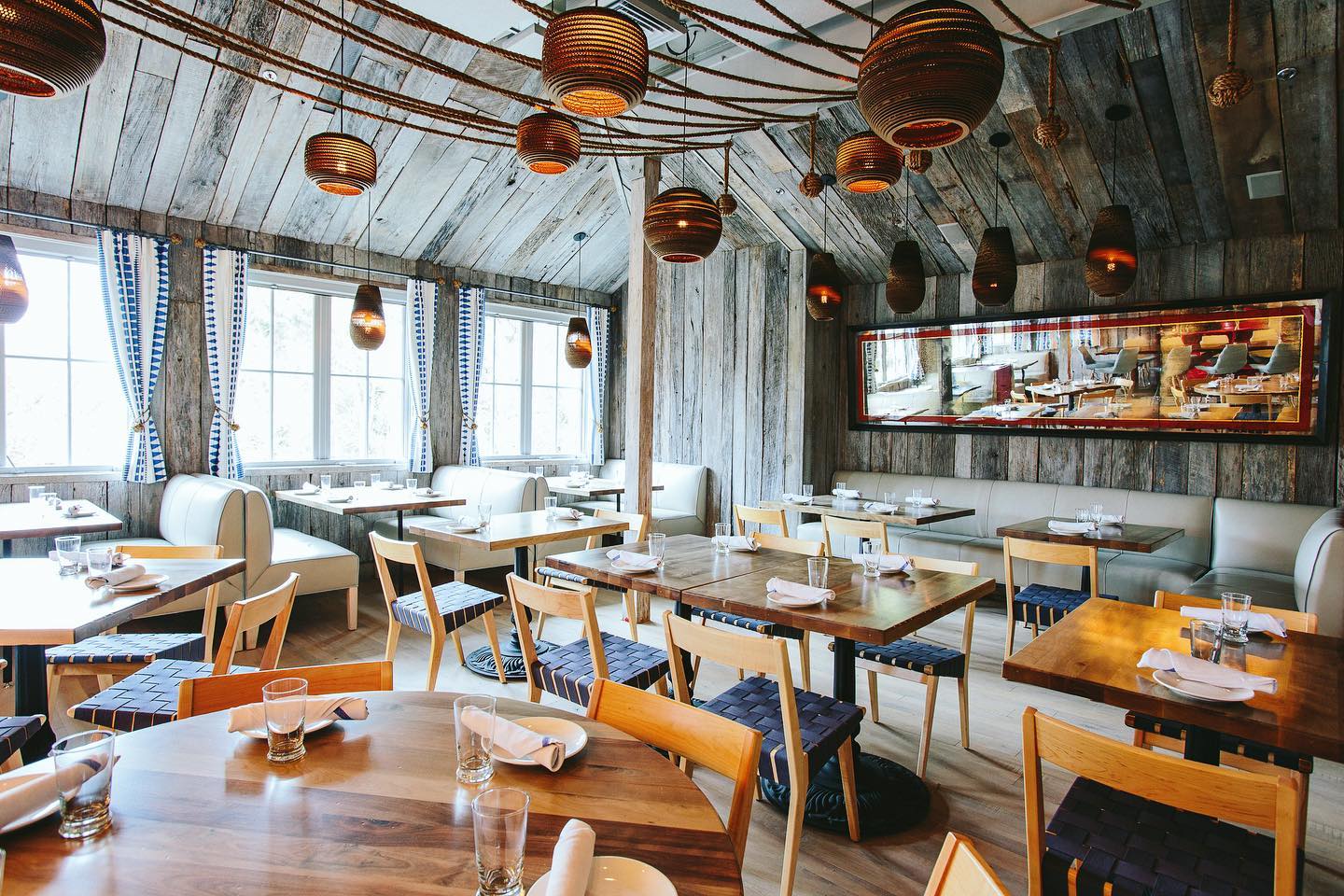

Local food is by its nature so seasonal that things pop on and off the menu with frequency. How do you balance that at spots like Wild Olive and The Obstinate Daughter (affectionately known locally as The OD), where guests become very attached to dishes and sometimes return year after year on vacation just to have that one thing again?
It’s all about forecasting, and you’re right, it’s a catch-22. There are dishes we can’t take off the menu, and we have to make peace with that as cooks. At Wild Olive, it’s the chicken Parm. We’ll do 35 chicken Parms a night, and that’s serious volume for us, so it’s about holding the execution, doing it right. A lot of Italian restaurants wouldn’t even put it on the menu, but we do and it’s welcoming. It’s a really good chicken Parm.
I think the chicken Parm is a good example of the kind of welcoming feel that your restaurants have, and while they are very different, they definitely feel part of the same family. How do you explain the style of Wild Olive and The OD?
First and foremost, our biggest thing is that perception of value is paramount, and I mean this from when I first got involved at Wild Olive in 2009 on the heels of the recession, and then now, when inflation, supply chains, short staffing, all that stuff that’s with us now. When the guest sits down, it’s all about getting them comfortable, developing trust, and that has to start with them thinking it’s worth it.
We do a very recognizable dish, sure, but we also are incredibly ingredient-driven. There’s a chalkboard of weighed or counted things, like stone crab claws for instance, that are very of the moment, and when they’re gone, they’re gone. It’s that trust — knowing that you can get a familiar favorite or something special, and that’s comforting.
A huge part of my style of cooking is comfort, wanting people to see items on a menu that feel like a warm blanket.

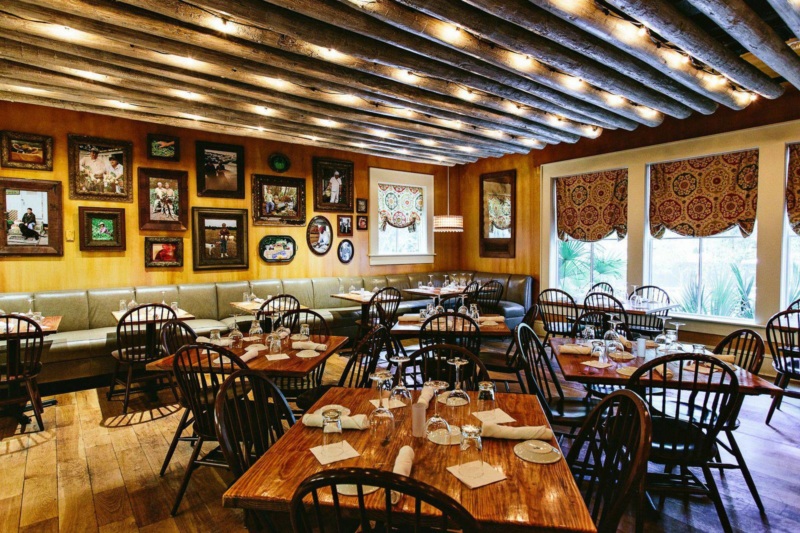
Both Obstinate Daughter and Wild Olive are located on barrier islands, which makes them a kind of “locals destination restaurant” of sorts. How does this affect their personality?
Well, when we opened Wild Olive, Johns Island was so vastly different then, much more remote, and we kind of worried how our immediate neighbors might respond to the restaurant. But it’s always had a rustic, family vibe, and the space and locale is warm and welcoming, and it really became a regular’s place for those living on the island. Of course that dynamic on the island is changing with the people moving out there, but our idea is that if it [the restaurant vibe] is not broke, don’t fix it.
Sullivan’s Island is much different, and that means so is The OD. There’s only a very small group of full-time residents there, but we still see a lot of familiar faces from all over Charleston. The OD was the first restaurant I opened from the ground up that was constructed so well, so thoughtful, with Reggie Gibson and Alicia Reed on design, and Russell Stilwell with Next Step Design for the kitchen buildout, that it keeps us inspired.
And the nature of the seafood restaurant? Well, The OD was inspired from Wild Olive because I wanted a little more creative freedom with a menu, and seafood really can provide that because of its availability and seasons. Sullivan’s is the perfect fit for our style, and this building is just a fun place to come and eat, and a fun place to work. I mean, you’re at the beach.
Both of these restaurants are high volume, and that can wear on a chef. What keeps you engaged?
In an immediate sense, doing the daily checklist, coming up with board items. But in a larger sense, writing menus and special events, and overall, it’s the variety of projects I’ve had the opportunity to do with Doug [Godley, partner in Wild Olive, The OD, and the regional Frankie’s Fun Park locations ]. I’ve always learned something, and doing research, finding patterns has been rewarding.
We have an event space coming up and the details are still coming together, but moving forward, I really like to identify talented people who are working with us and who deserve a chance to move upward. And Russell is about to tackle a kitchen reno at Wild Olive, and I’m really excited about that.
Away from work, the acts of cooking, growing good, and celebrating with it have a prominence in my family’s daily life, so it’s always about the kitchen. Everyone ends up in the kitchen at a party usually, right? That’s where the action is, and I always end up in the kitchen.



